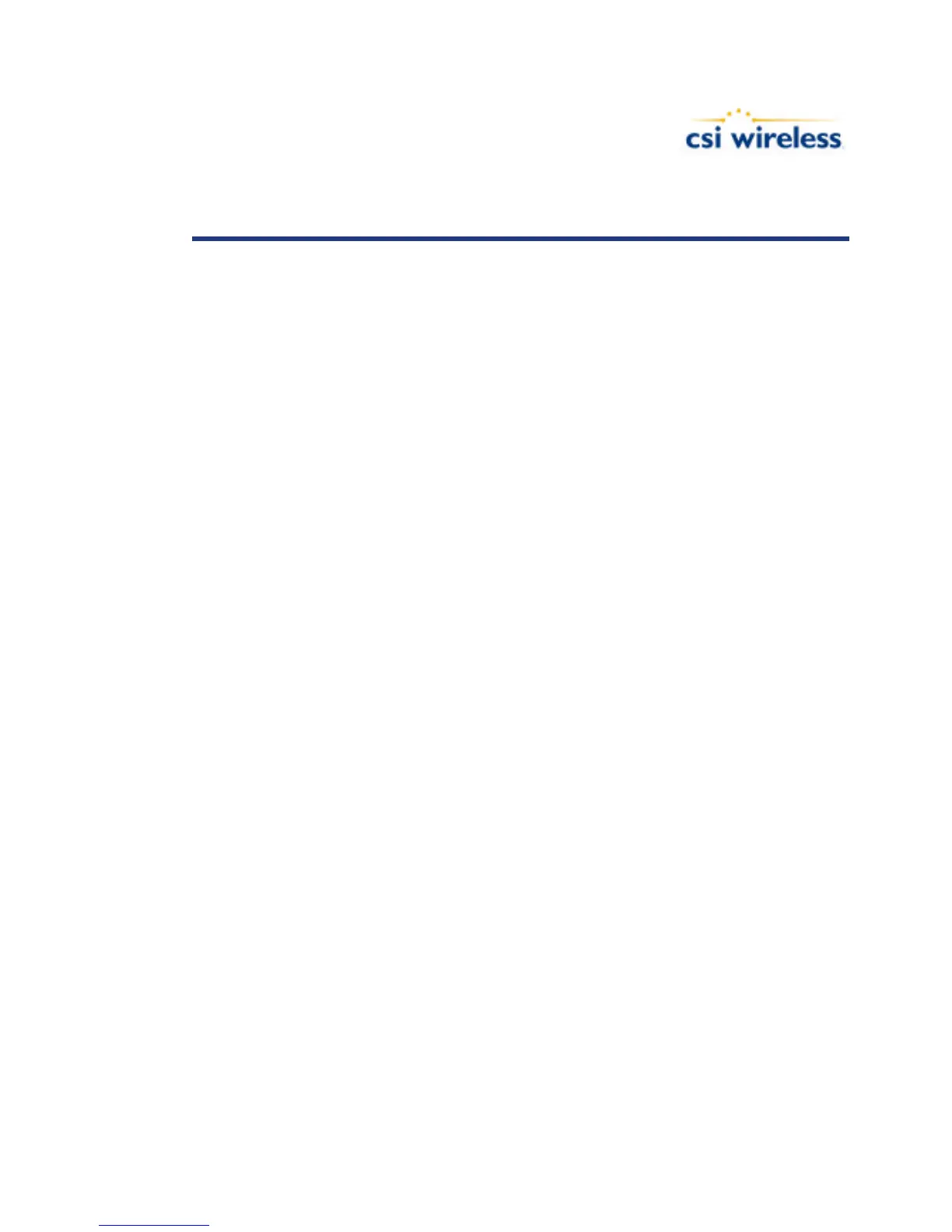Programming Manual 116
Further Reading
National Marine Electronics Association, National Marine Electronics
Association (NMEA 0183) Standard for Interfacing Marine Electronic
Devices, Version 2.1, October 15, NMEA 1995, PO Box 50040, Mobile
Alabama, 36605 USA
CSI Wireless Inc., DGPS MAX Reference Manual, rev 00, March 2001, 4110
9
th
Street SE, Calgary Alberta, T2G 3C4 Canada
